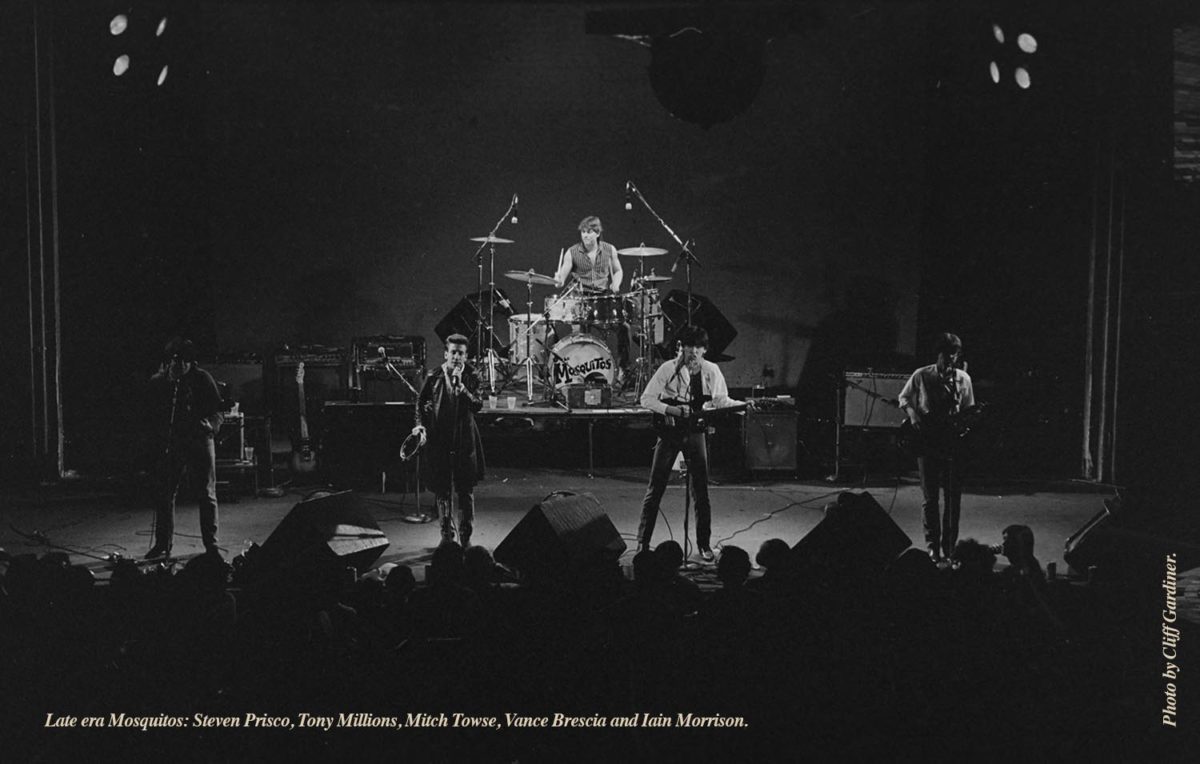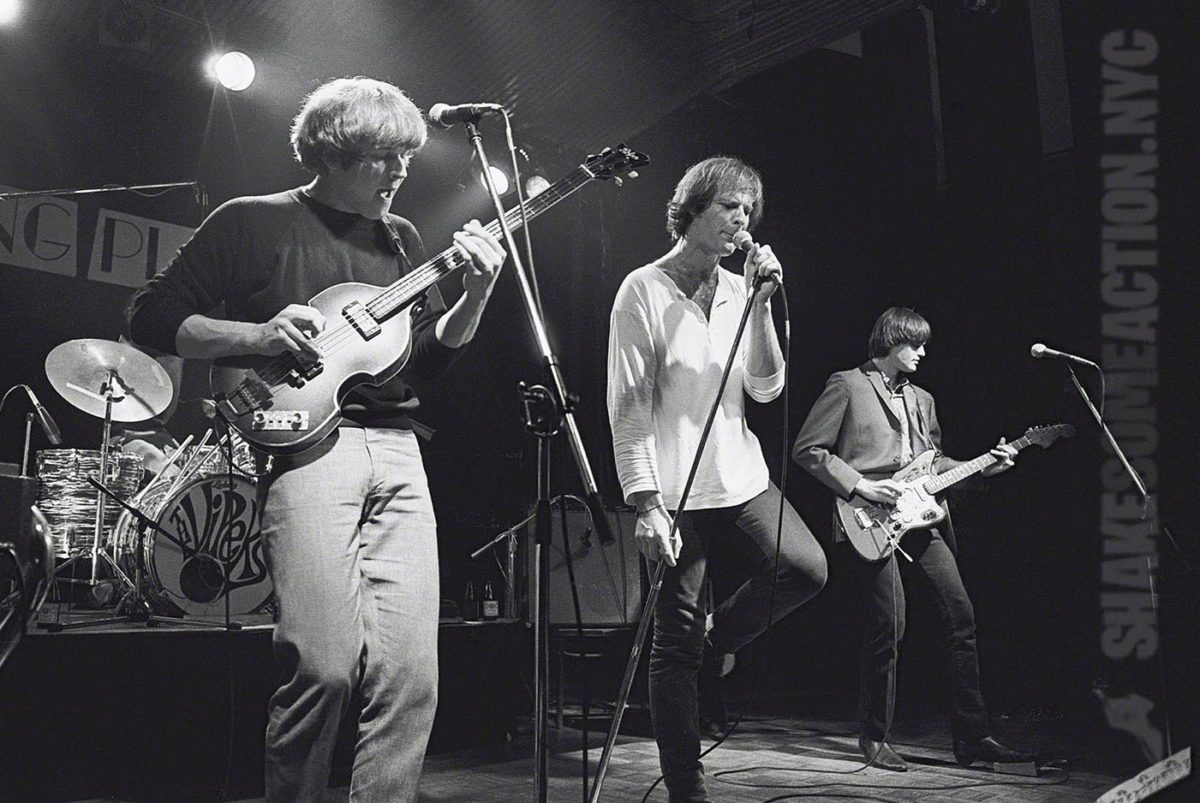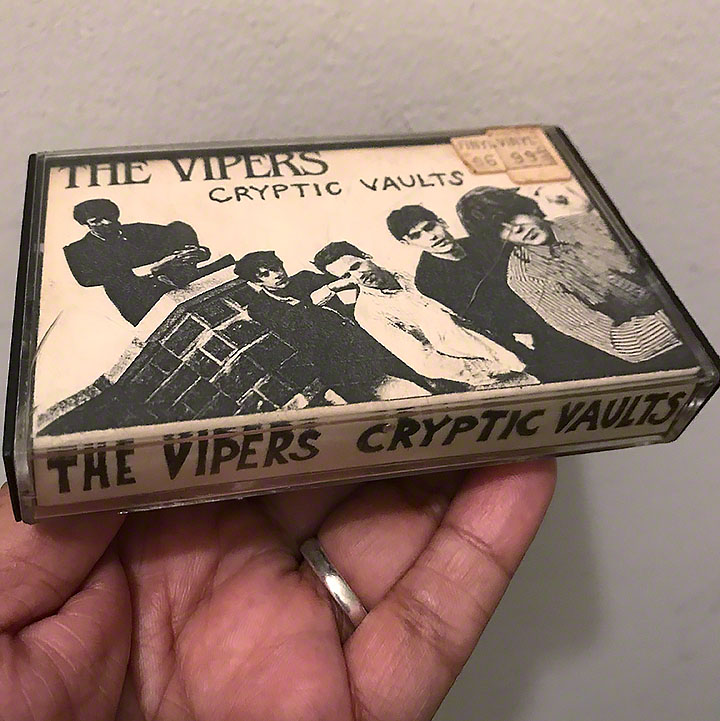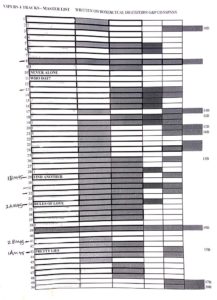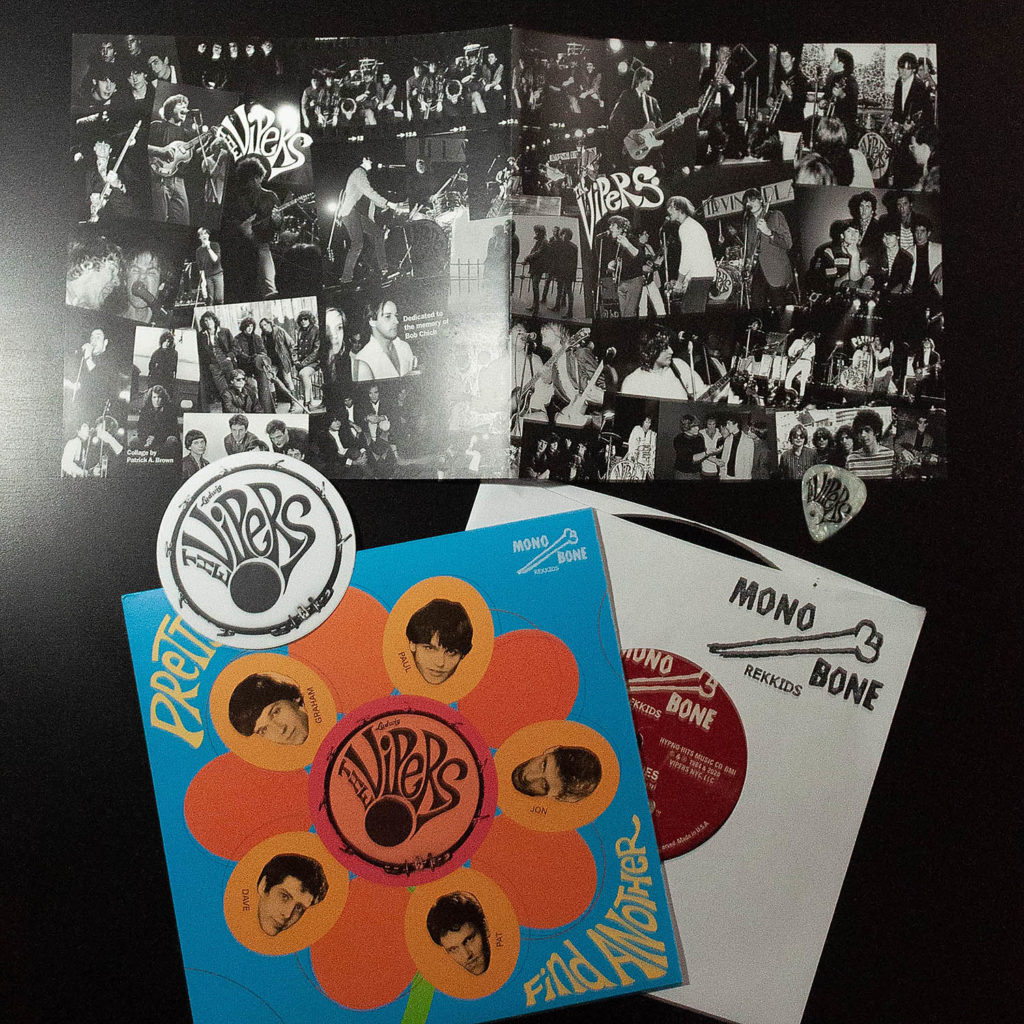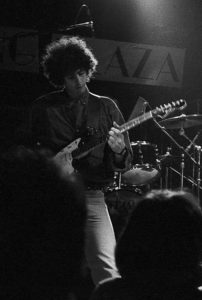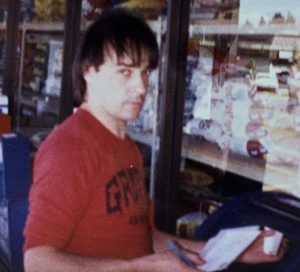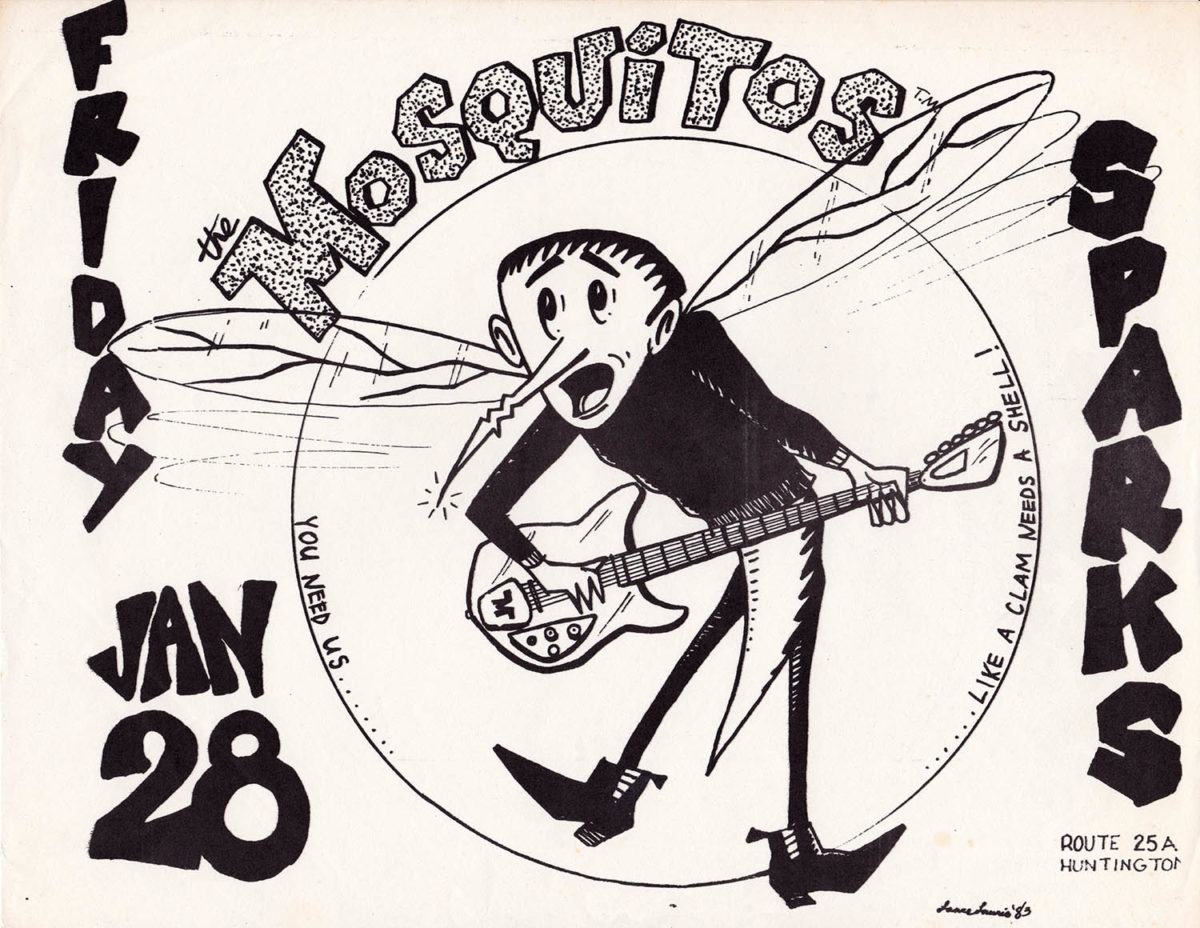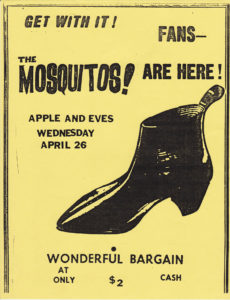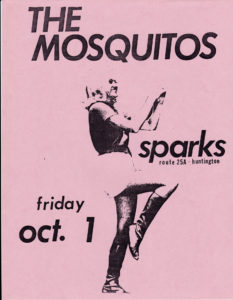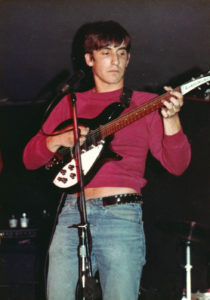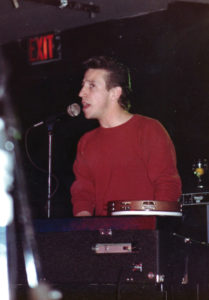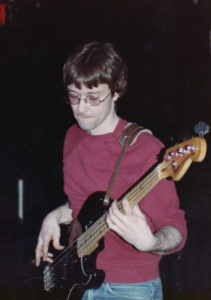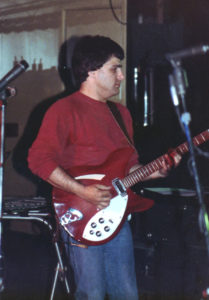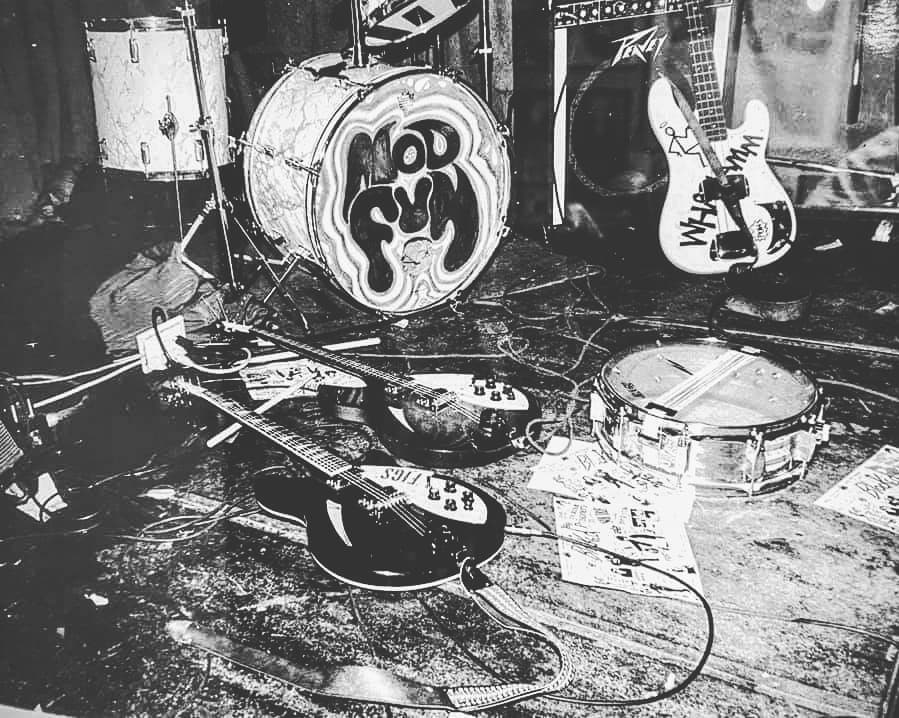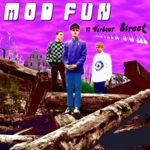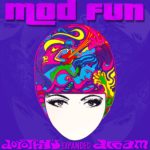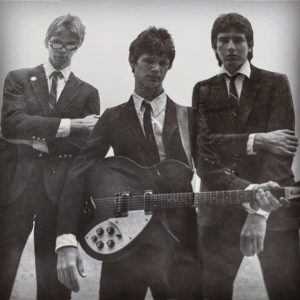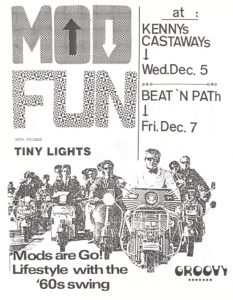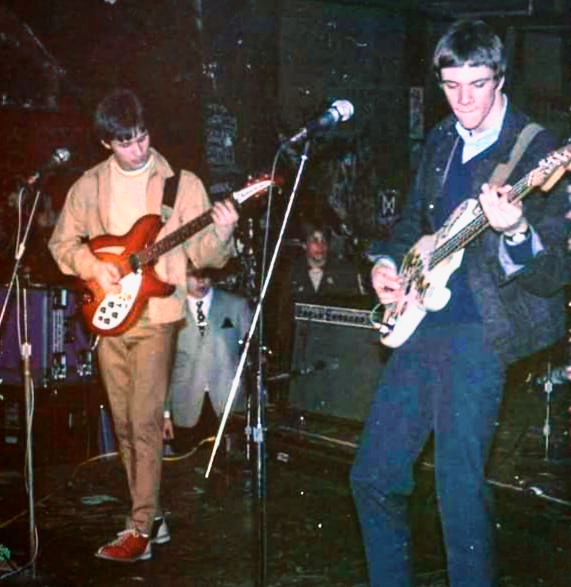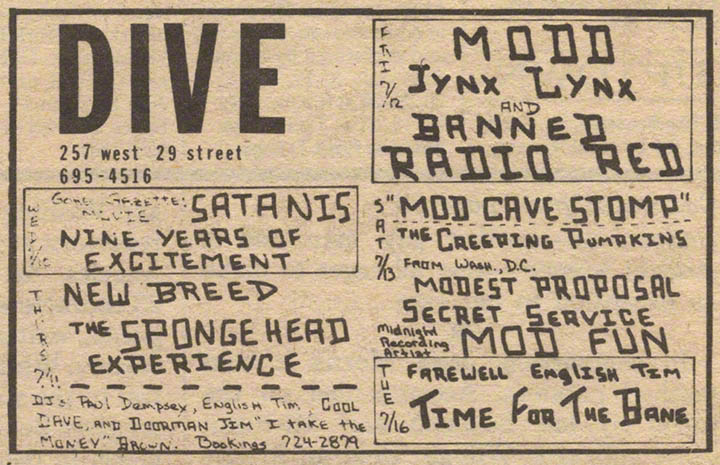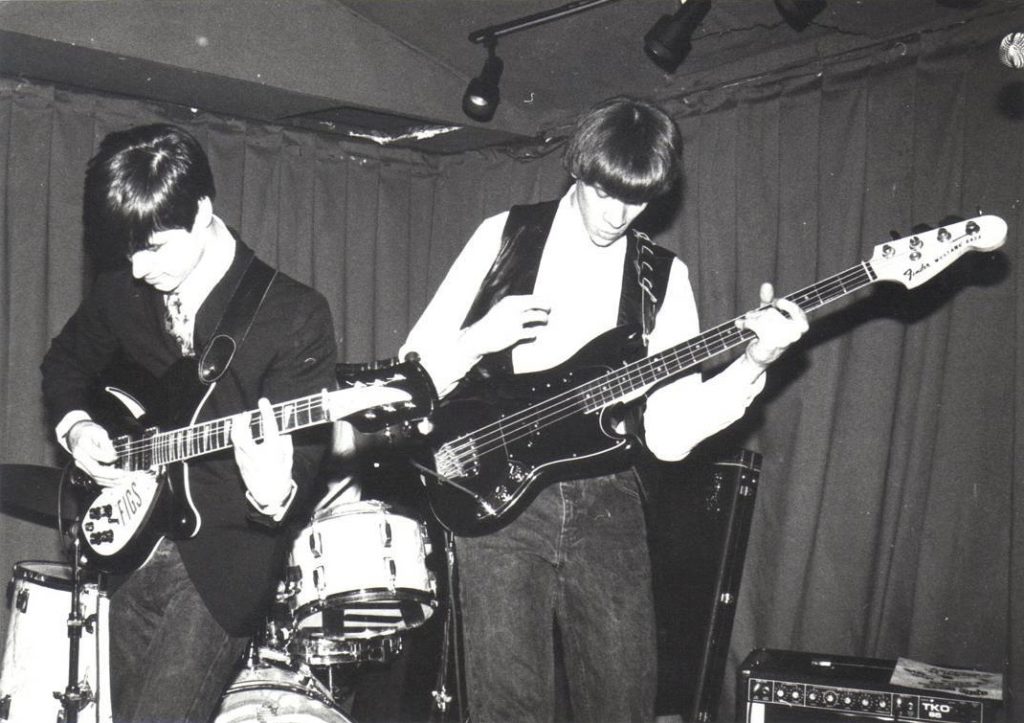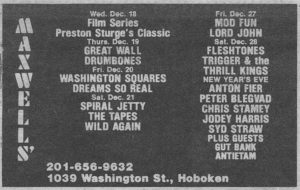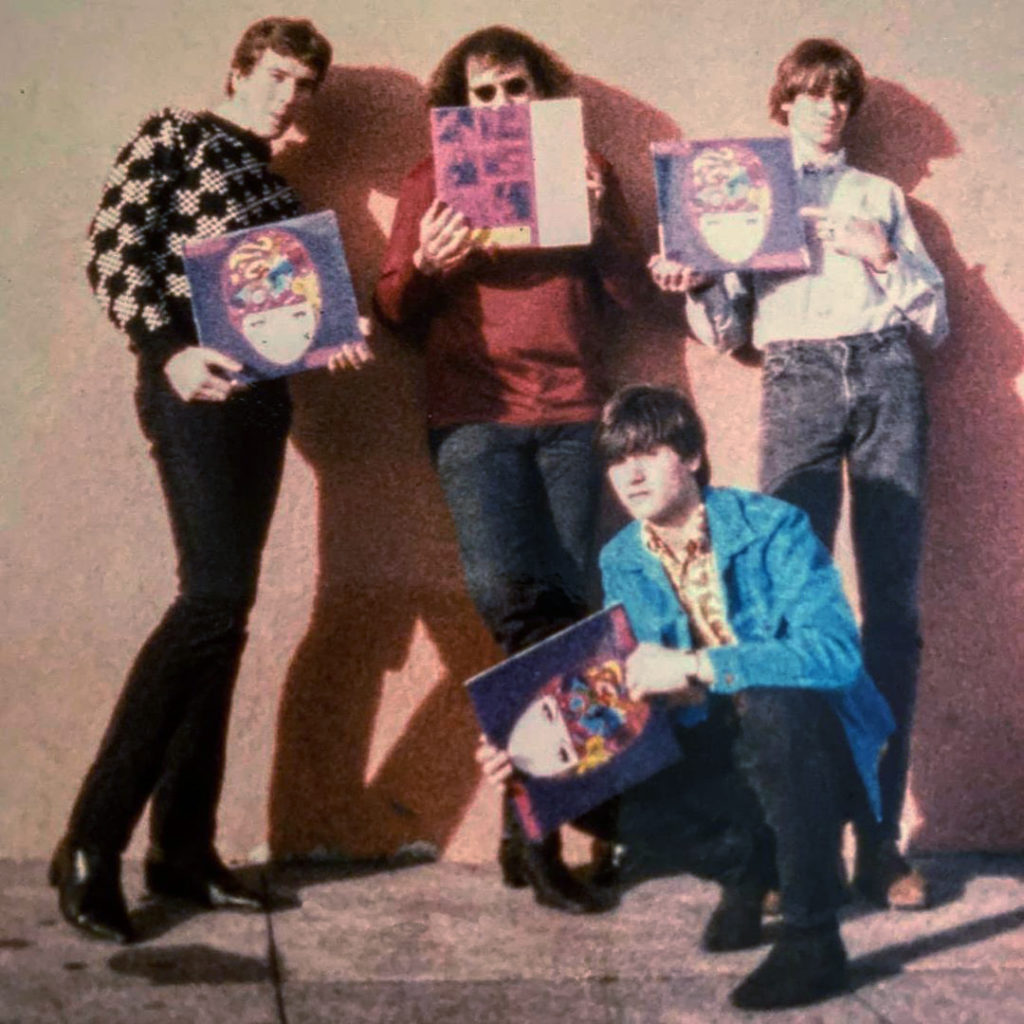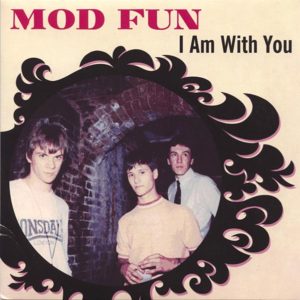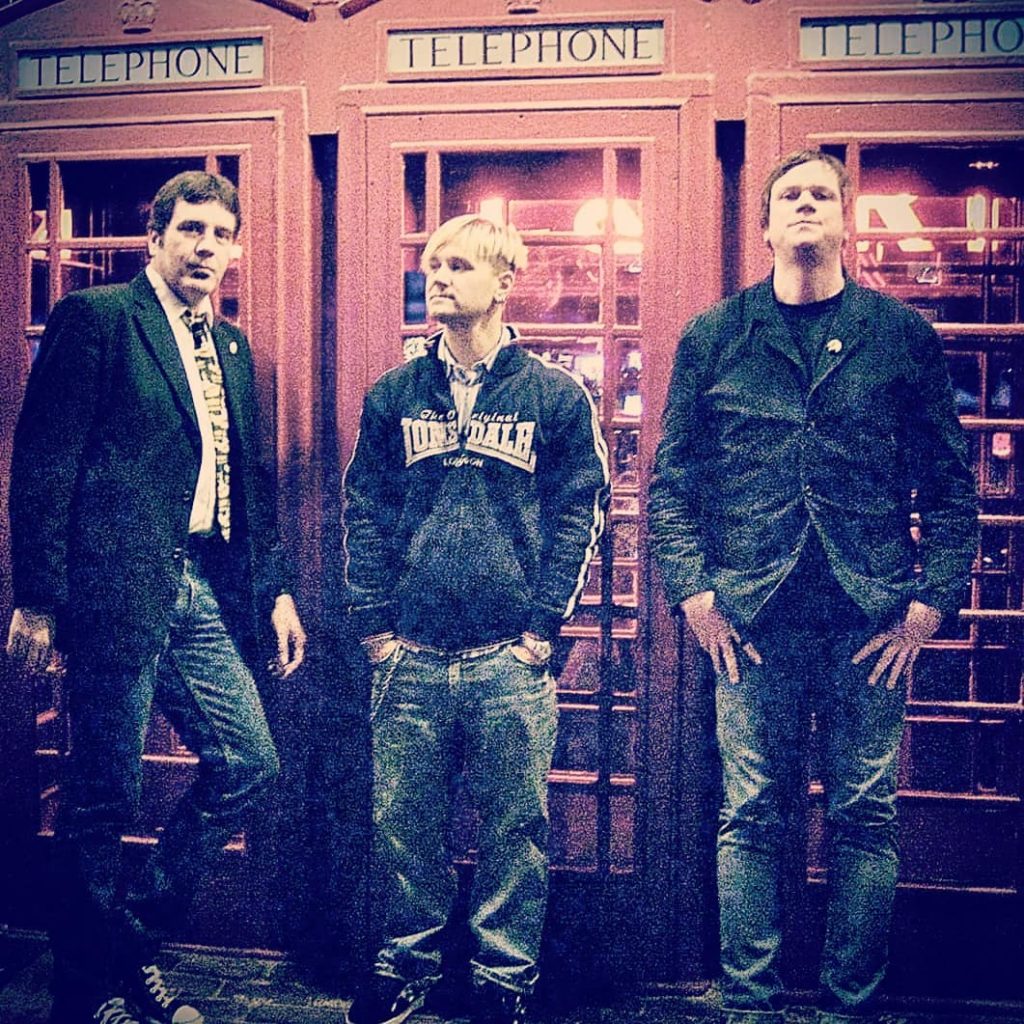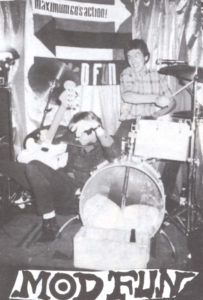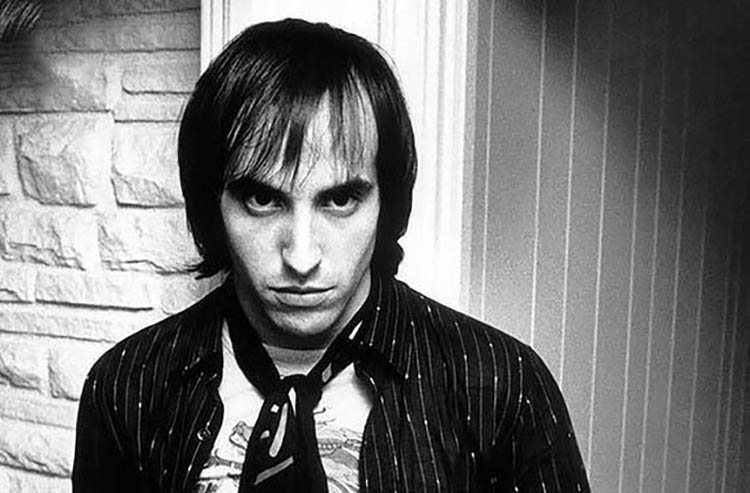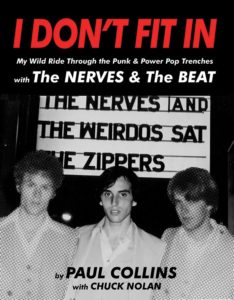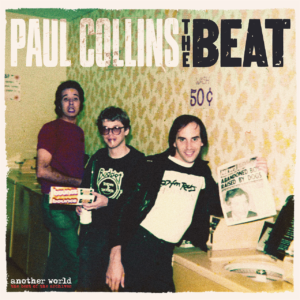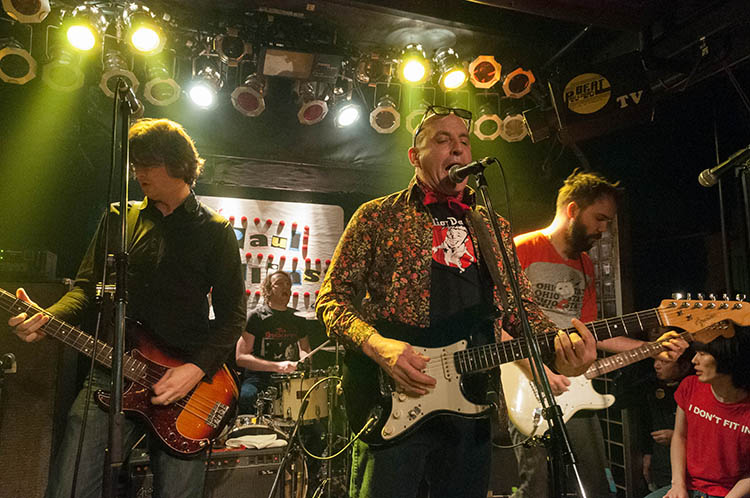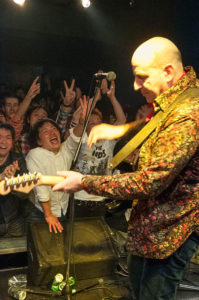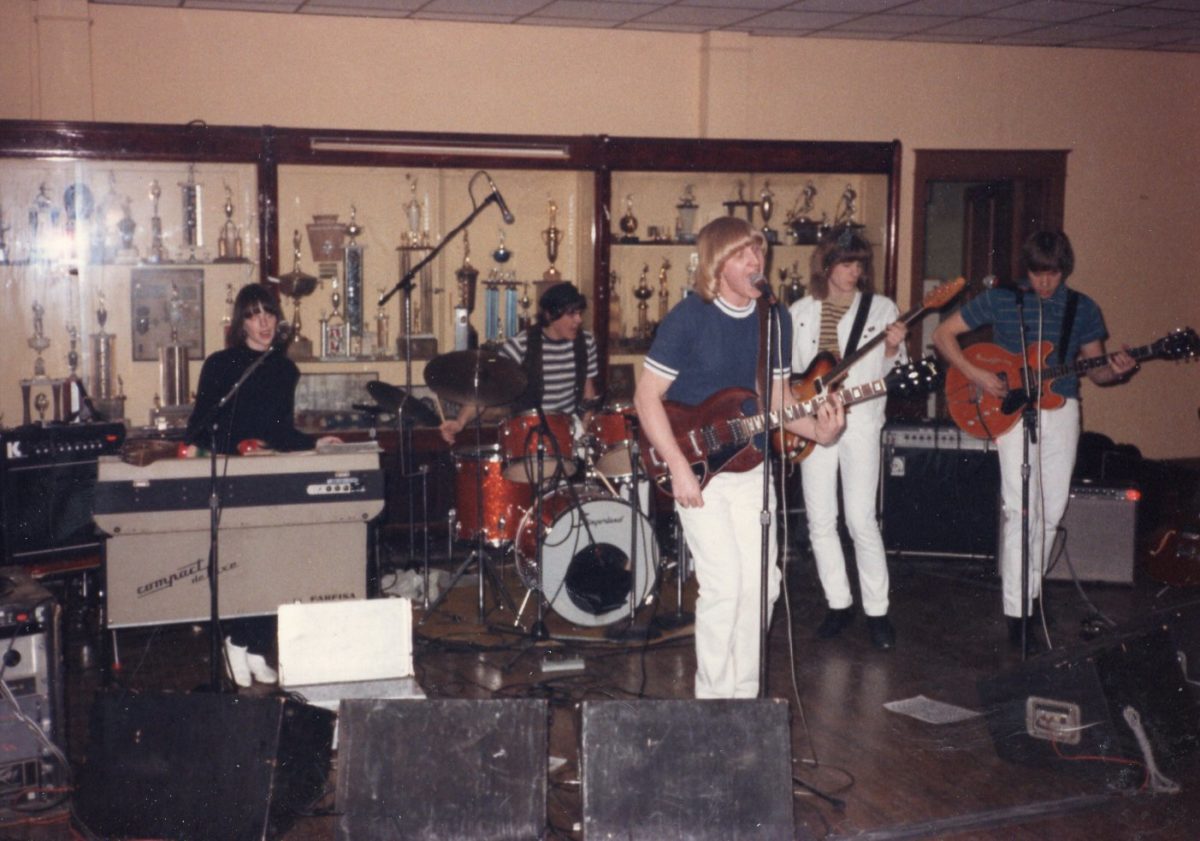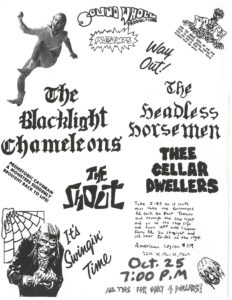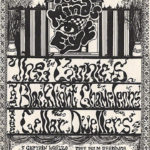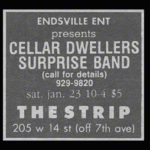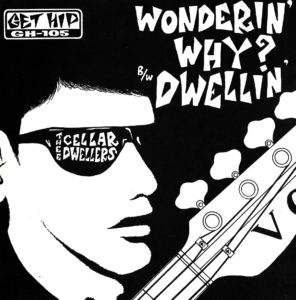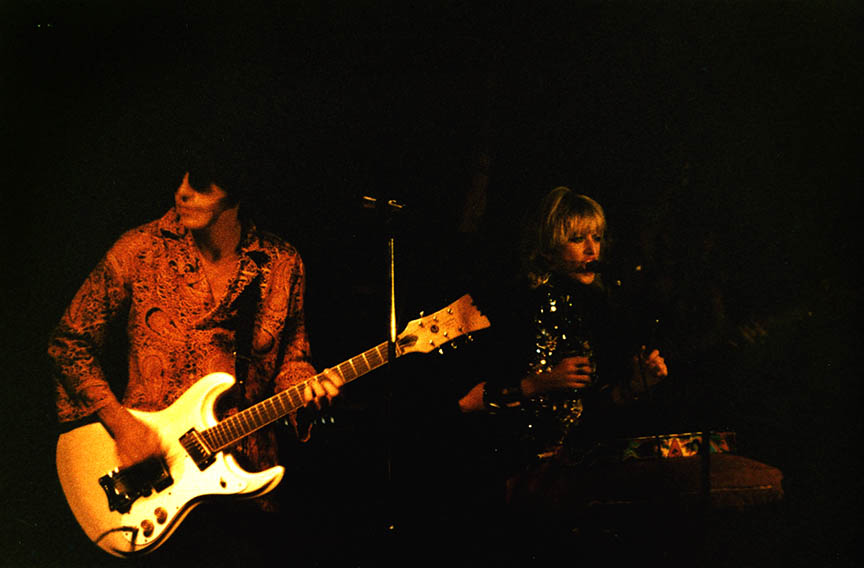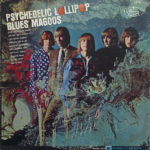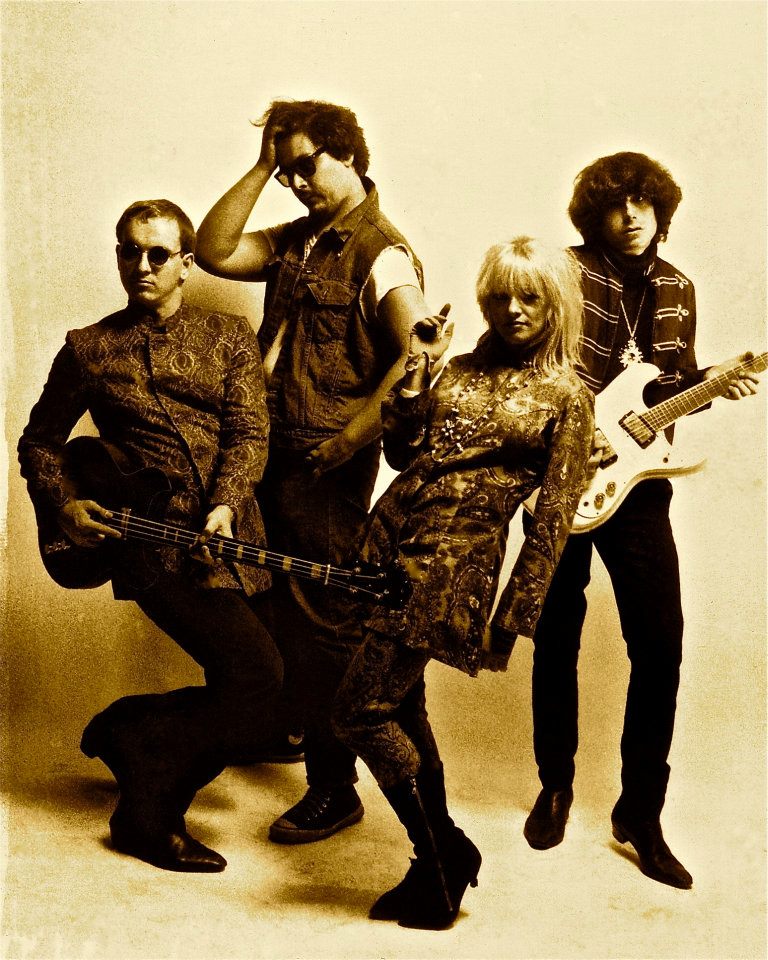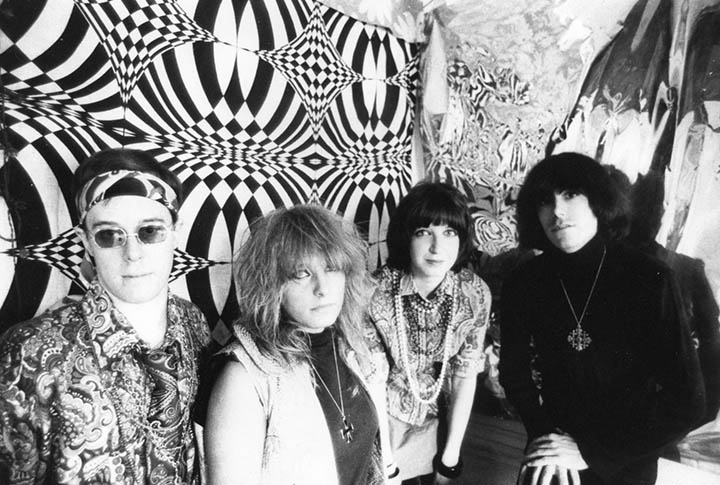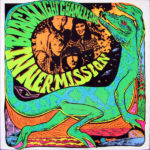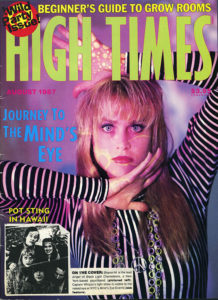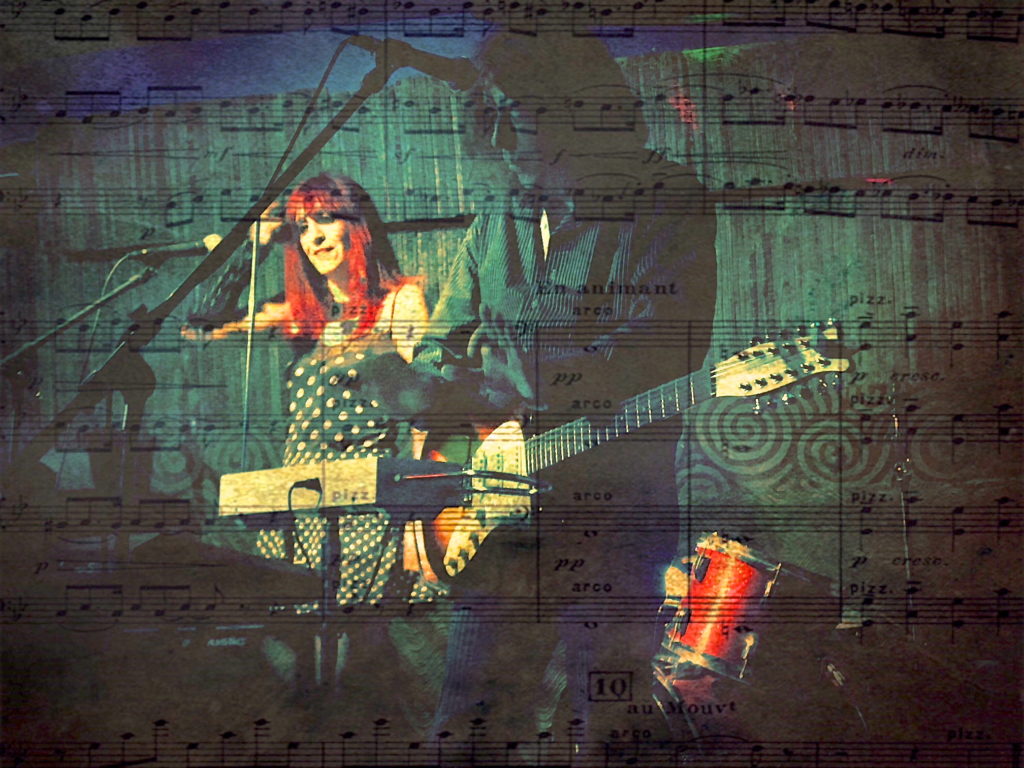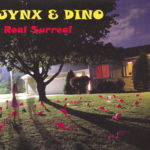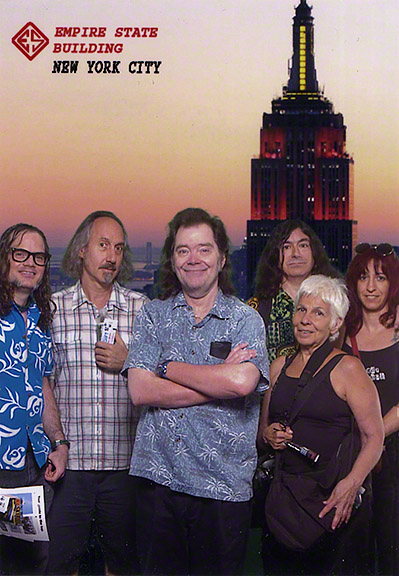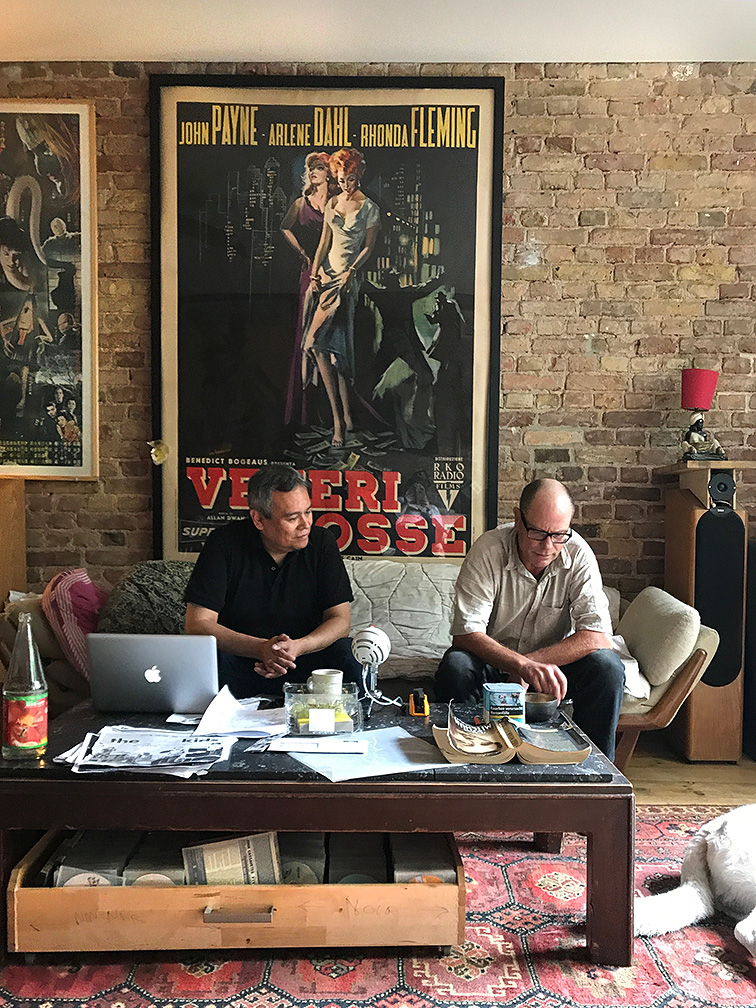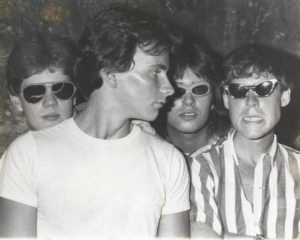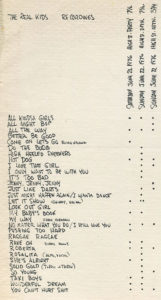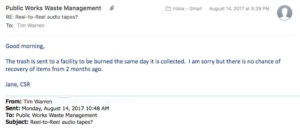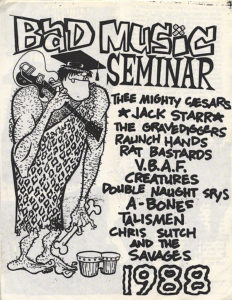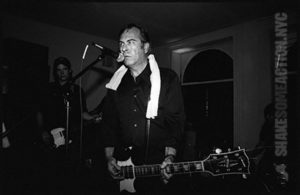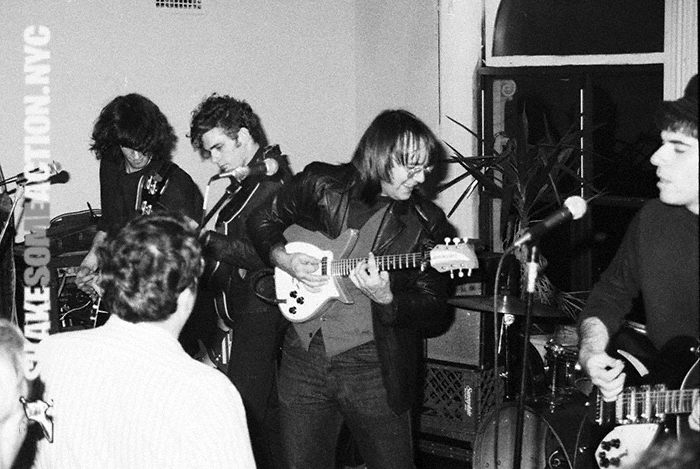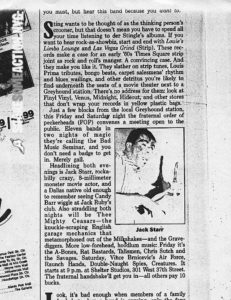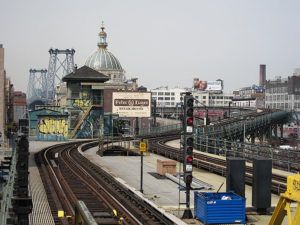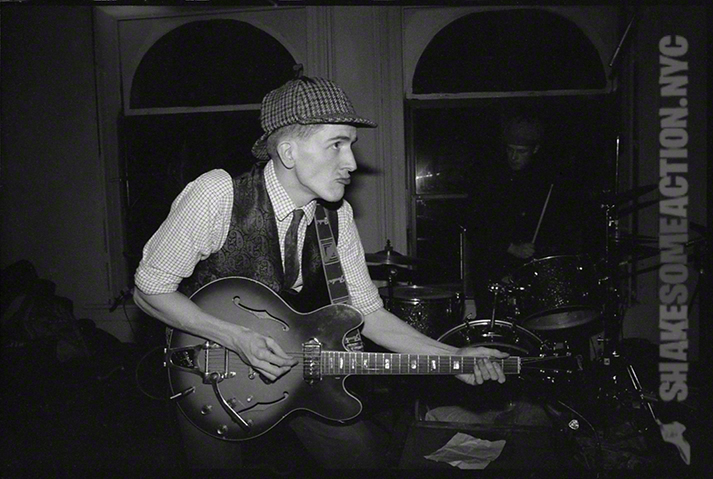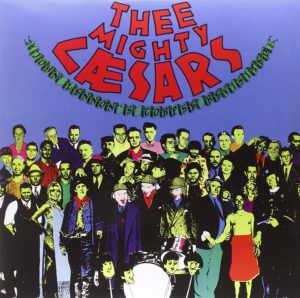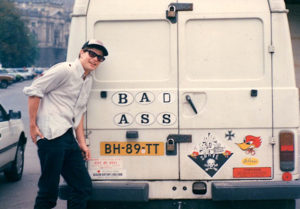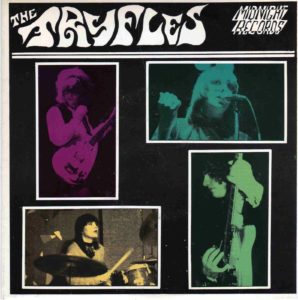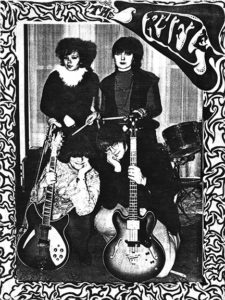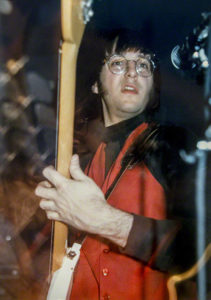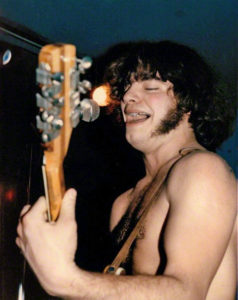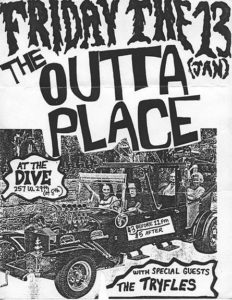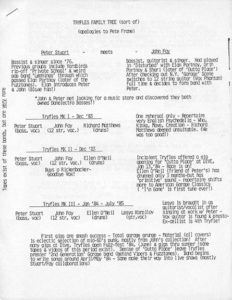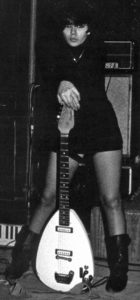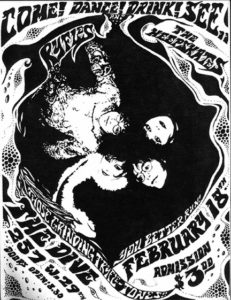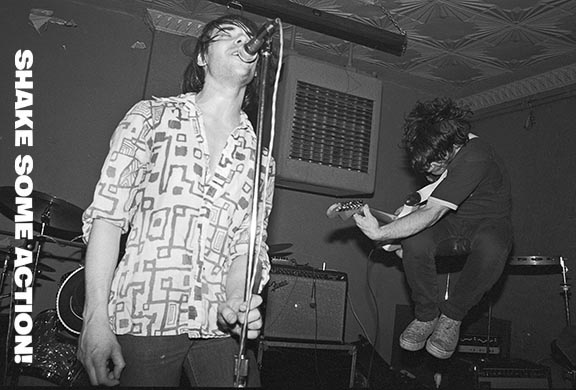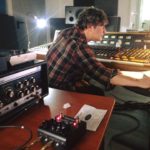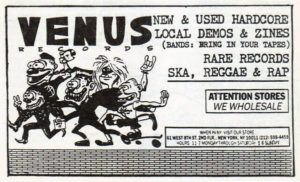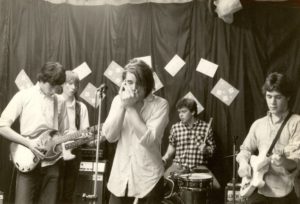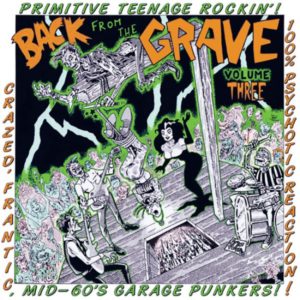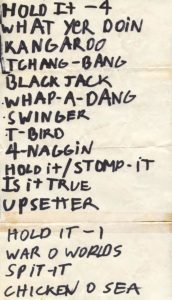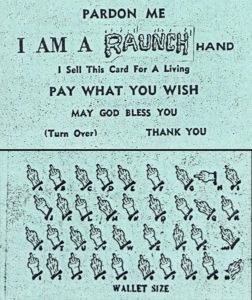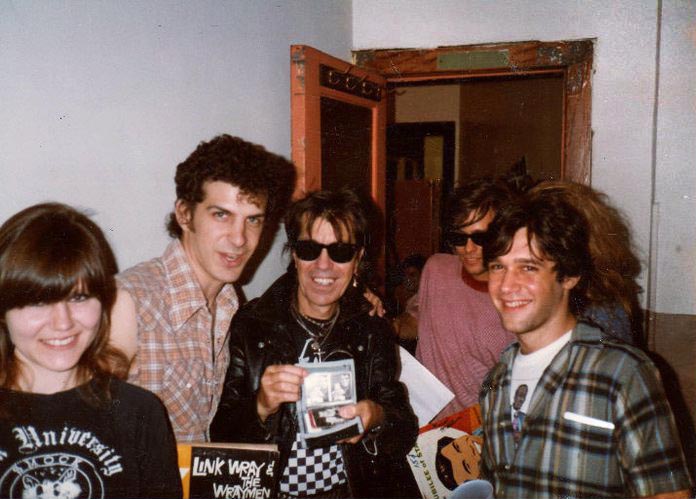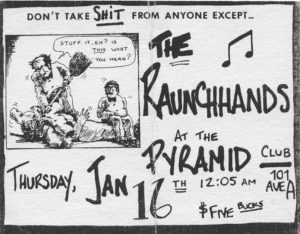As a city kid, I always found Long Island a tough sell. If Queens was the struggling, scrappy, working-class melting pot to Manhattan’s gritty elite, then Long Island was an even farther outpost where families settled who wanted a bit more peace and quiet. A lawn, nice schools, clean communities. All the trappings of the American Dream. But for a kid with a chip on his shoulder looking more toward the wilder side of NYC, it seemed like the complete opposite of all I thought NYC was.
But age brings a different perspective. Especially toward the musicians who followed their 60s muse during a time when all you found were new-wave dance clubs and classic rock cover bands. Now THAT’S dedication. As the years went on it became more apparent that all over the US you’d find pockets of 60s fans swinging to their own beat in the most remote of places. And you can’t be any more remote and still call yourself NYC than Long Island.
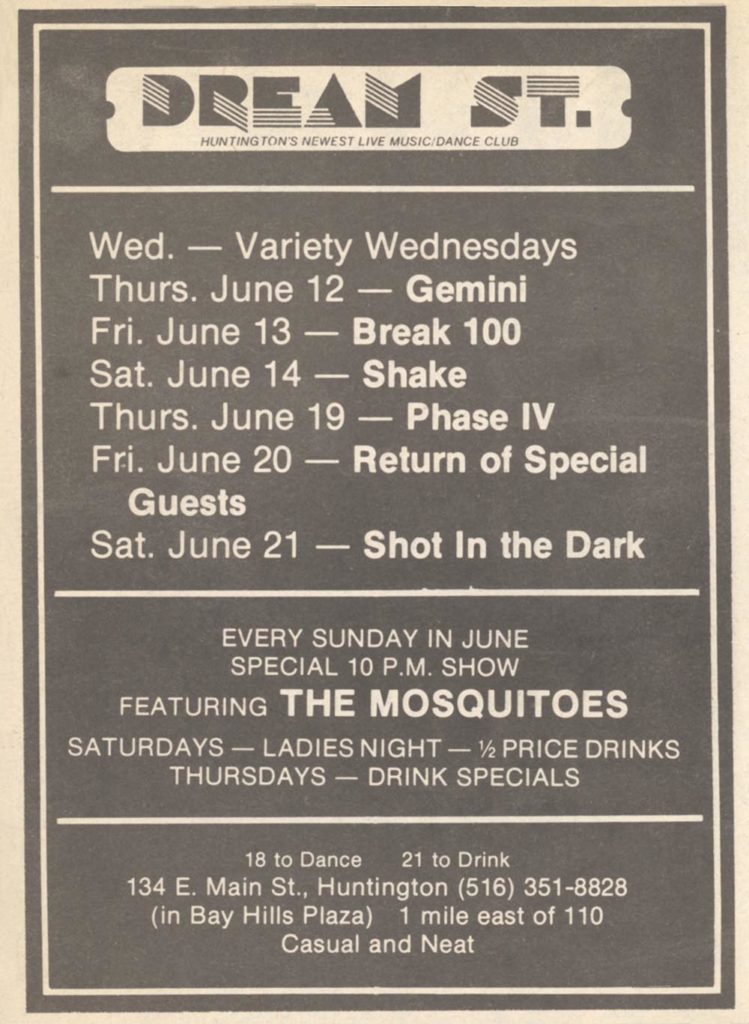
Just as New Jersey birthed the most amazing mod groups, Long Island had its own group of 60s-influenced pop and garage bands. And of all of the ones that existed in the mid-80s, none was spoken about in the most revered tones as The Mosquitos. Iain Morrison, Tony Millions, Steven Prisco, Vance Brescia, Pat Bishow, and Mitch Towse. Their original songwriting, harmonies, and live performances slowly accomplished what many of the other 60s-influenced bands couldn’t get….crossover appeal.
With a strong pop sensibility more akin to British Invasion bands such as The Dave Clark Five, their catchy originals seemed familiar, yet fresh. Showcases and performances in Manhattan and Long Island just strengthened their fan base and made many wonder if this was the band that would finally break out of NYC’s nascent garage rock scene.
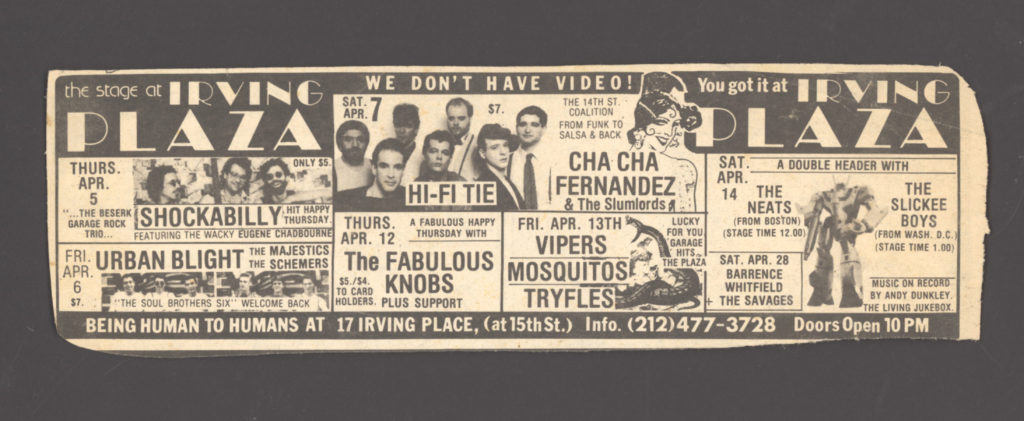
Alas, while the release of an eagerly awaited EP in 1985 didn’t really showcase the band’s potential, it did oddly provide a song for the then reuniting Monkees to cover. That Was Then This is Now was released as a new Monkees single in 1986 to top 20 sales. But things were already starting to crumble internally in Mosquitos-land. In classic VH1 Behind the Music fashion, various other factors soon led to the ultimate dissolution of the group. Some stayed active in music, while others did not. Most notably, lead singer and songwriter Vance Brescia became the musical director of the Herman’s Hermits live tours.
However, around 1997 promoter (and former Viper) Jon Weiss began organizing Cavestomp. A NYC-based garage music festival that not only showcased bands from the heyday of the 80s but also newer bands along with a select handful of original 60s groups still performing. And while that in itself is the makings of another post, interest in The Mosquitos along with groups from that time period began to grow once again around this time.
Well, it took another 26 years….but now the whole world can hear what only a few select people in NYC witnessed and experienced at the time. But, more significantly, it captures just how talented this band of kids was and how despite the passage of time, none of their original songs have lost their power. Songs that any garage band would give their left arm to have written.
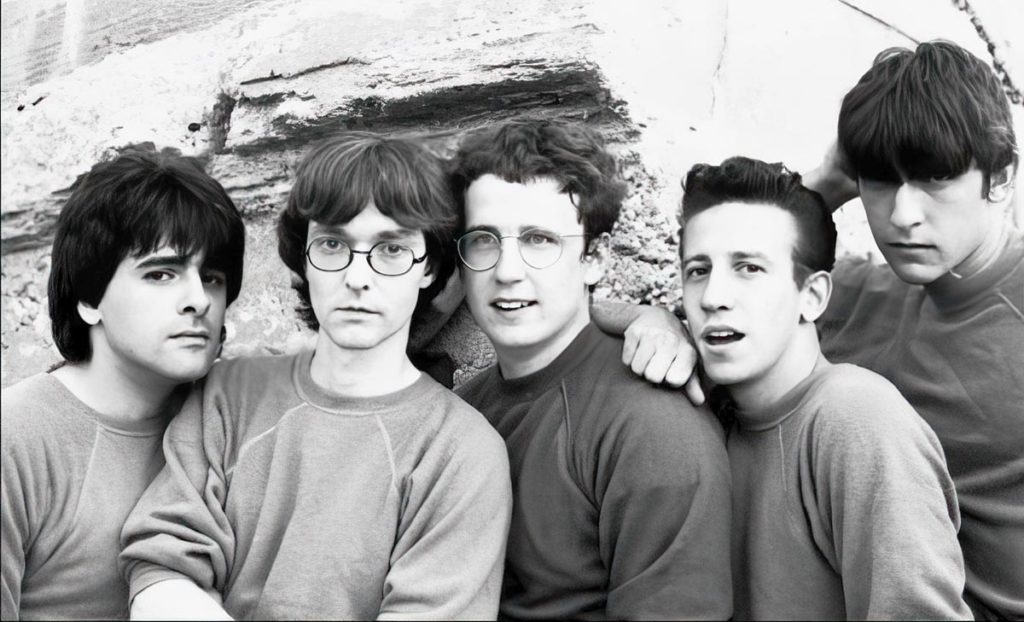
This Then Are…The Mosquitos is a labor of love from pals Blair Buscareno and Bill Jones who have been fans and supporters of this group for ages. I spoke to Bill recently about the new release:
SSA: Thanks Bill for taking the time to chat.
Bill Jones: No problem! Always happy to talk Mosquitos.
SSA: Ok I went over a very rough background of the band but my main question is how this idea come about.
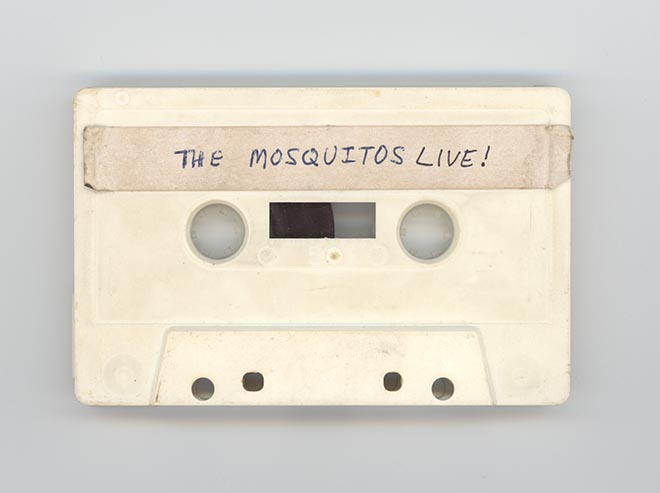
Bill: Well, I can’t really talk about the idea of a compilation without first describing my friendship with Blair. We met at one of the many shows The Mosquitos played at Sparks in Huntington, and we soon started meeting up to see bands there, as well as in the city and in Hoboken. We also spent many Wednesday evenings seeing Vance play solo gigs at Gunther’s in Northport. To say we were fans of The Mosquitos would be a major understatement. We saw them play whenever we could and shared any recordings we could get our hands on. These were typically tapes of live shows, but we also acquired some unreleased studio material. When their EP came out in ‘85, we both felt it didn’t capture the band’s energy, and we’d talk about songs we’d choose if we could release our own Mosquitos album or single.
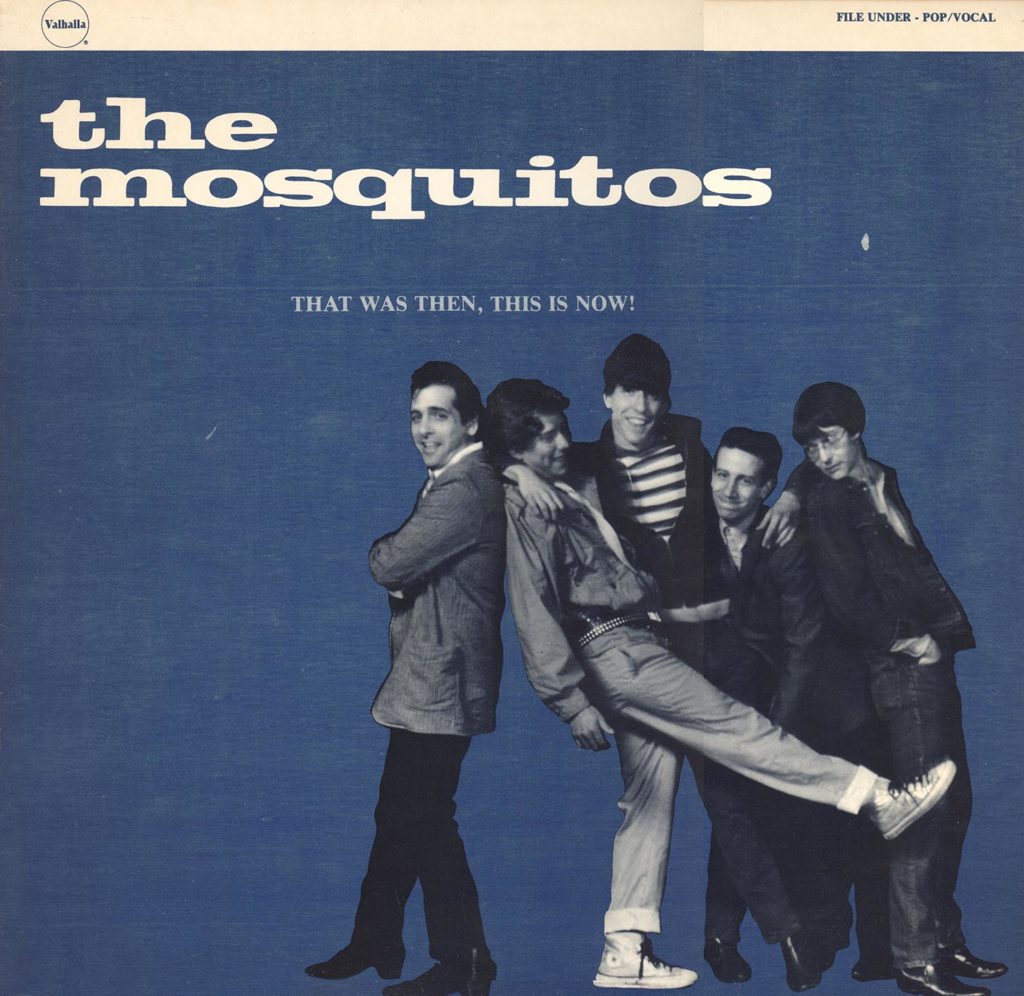
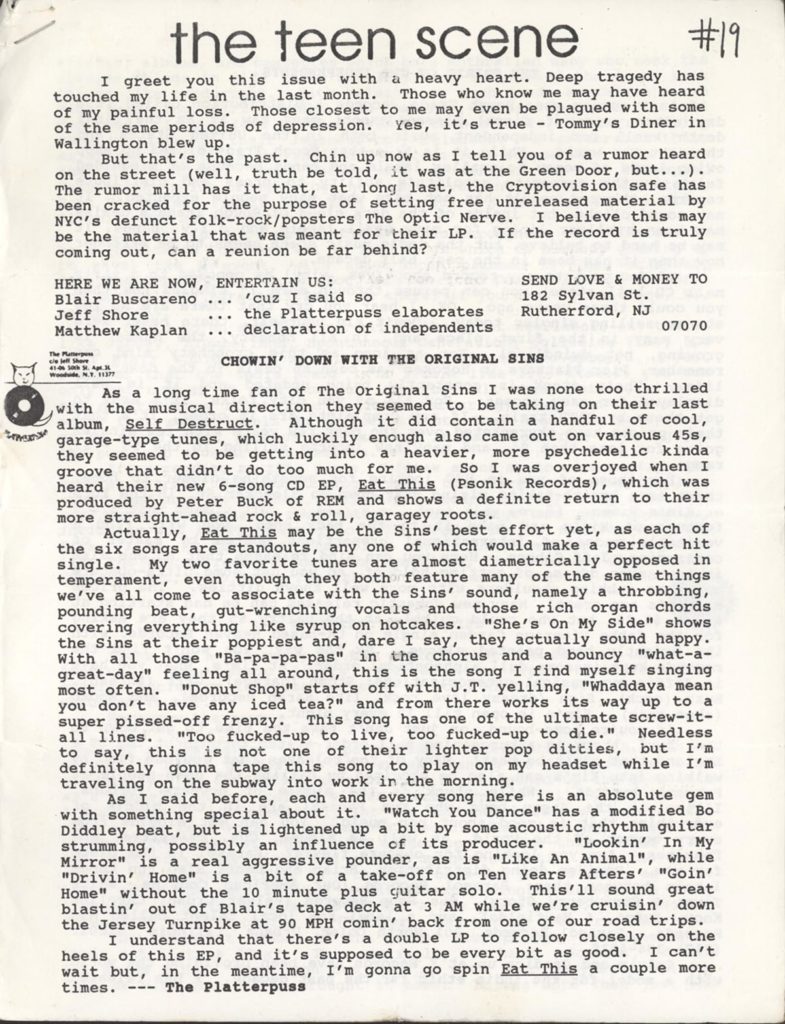
For years after the band broke up, The Mosquitos remained our favorite topic of conversation, and we’d talk about how disappointed we were that so much of their great music would never be heard by the public. The five songs on their record were very good, but they had so many more that we felt should be heard. Blair started publishing his fanzine, The Teen Scene, which focused on the music he loves and bands he was out seeing a couple of nights per week, and he would sometimes write about The Mosquitos. A few years later, when I joined the power pop-oriented Audities email list, I’d occasionally mention The Mosquitos and share some of their songs in tape swaps. The idea of a Mosquitos retrospective actually began to seem like a possibility worth pursuing in the late 90s, and for me that was tied in part to my compiling an anthology CD for my friends, The Secret Service. In 1997, I wrote Vance and asked whether he’d be open to letting Blair and I put together a compilation of The Mosquitos’ music at some point, and he gave us a thumbs up without hesitation. This didn’t lead to any immediate action, but we gradually began connecting with Steve, Iain, and Tony, who were willing to look for and share recordings they still had laying around, though we really weren’t sure whether this was headed anywhere.
SSA: I remember both of you often bringing up the band. Those live tapes were a great topic of conversation as they showed the band firing on all cylinders. So, this puts us in the early 2000s. Where did it go from there?
Bill: Well in 2003, Steve put together his own compilation for fun called “Sha-Doobie! The Rest of The Mosquitos” and sent me a copy of the CD. The sound on it was great, and it included odds and ends like studio demos, recordings from live shows, alternate mixes of EP tracks, and radio promos. A pretty slick production. The comp really made me happy, and it got me thinking more about which songs would be included in a comprehensive collection. In fact, I recently came across an email I sent Blair on 3/4/2005, in which I wrote:
Let me be candid - one of my hopes is that someday, someway, a Mosquitos compilation CD will be released. I may be beating my head against a wall, but with each day that I listen to a decent quality recording of the band, I'm reminded of what a special group they were. But I also realize that view is highly influenced by the "time" we were in, and what we were experiencing as 18 and 19 year olds, having the time of our lives... I don't mean to sound too big-headed, but I don't foresee anyone having a better chance of making this come to fruition than the two of us...As for album titles, here's one that I've considered for years: "The Mosquitos - This Then Are Mosquitos!"
SSA: That’s pretty amazing Bill.
Bill: Blair and I knew that if more Mosquitos music was ever going to be released, it would involve a lot of effort, and the two of us hoped we’d be up for it if the opportunity arose. Over the next decade or so, there were occasional emails between us and the band members where the idea of a compilation would arise, and there would be some discussion of tapes or photos that had been located, but then the idea would be tabled. There was just no obvious path to finding a label that might want to release something, and we also weren’t sure how much work would be required.
SSA: So the wheels were greased….it just wasn’t moving quite at that moment. But you never gave up hope.
Bill: In early 2017, I proposed a Facebook page dedicated to The Mosquitos, and Blair came up with the name, The Mosquitos Appreciation Society. So that was another way we chose to keep alive the memory of this band that had broken up 30 years earlier. Over the next few years, we’d occasionally post songs from tapes and have fun with the FB page. We got a bunch of old friends to join us, but we didn’t spend much time focusing on it.
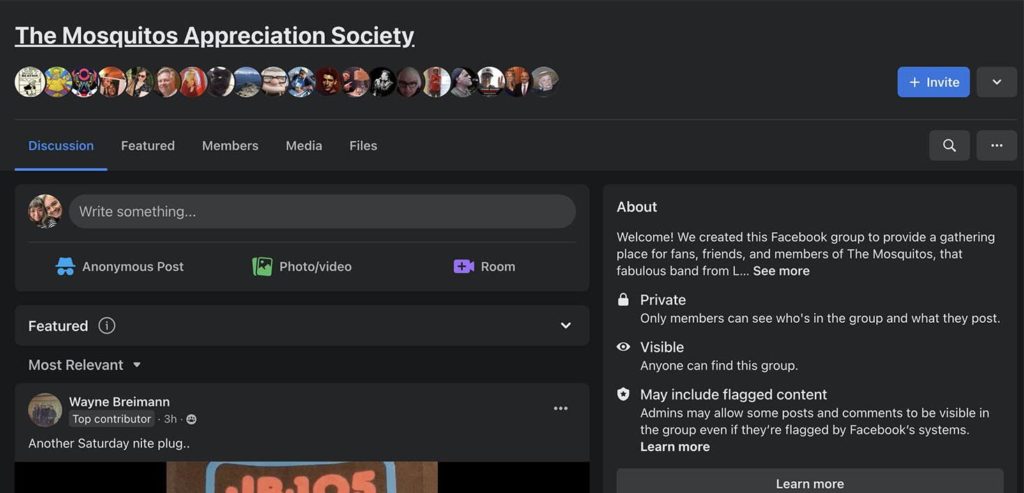
SSA: It’s funny how it seemed like you were always on the verge of putting something together but didn’t quite get there for some reason or another. When did the current CD start finally come together?
Bill: In August of 2020, the year the pandemic began, Paul Martin from The Vipers posted a random comment on our Facebook group: “The Mosquitos need to have an album.” While this had been a long-time dream for me and Blair, this comment by a peer of The Mosquitos from the 80s NYC garage scene kinda served as a spark that got the compilation project rolling, and it eventually became a reality.
The effort kicked off in the fall of 2020, and the initial participants from The Mosquitos were Steve, Iain, and Tony, along with the two fans (ie: Bill & Blair). We once again searched and shared with each other the band’s recorded material, including various studio sessions, different mixes, lots of live tapes, etc., but this time we planned to see it through to the end as Blair happily found interest from a few labels. The project took a few twists and turns, and then Blair, Tony and I spent quite a bit of time over the past couple of years discussing and debating all aspects of it.

We got very lucky when Blair connected with Ray Gianchetti of Kool Kat Musik, who proposed releasing a double CD, which blew our minds. We had to significantly increase our efforts at that point, as we realized we’d now be able to include ALL of the band’s original songs, something that until then hadn’t been anywhere near a possibility. We also had to figure out how to fund this expanded project, and our friend Jeff Shore really stepped up to the plate as our benefactor. Most of the band’s originals had not been recorded in a studio but rather had to be taken from live tapes, and fortunately, some were well preserved. Mike Fornatale cleaned up the chosen recordings so there was a consistent sound for the listener, and Greg Gutbezahl did a great job understanding what we were seeking with artwork and offered suggestions to help bring it all home.
SSA: Thanks for the information, Bill. It makes me really happy that you guys were able to give this band its due. To say they deserve it is just putting it mildly. Are there any other things we can look forward to in the future?
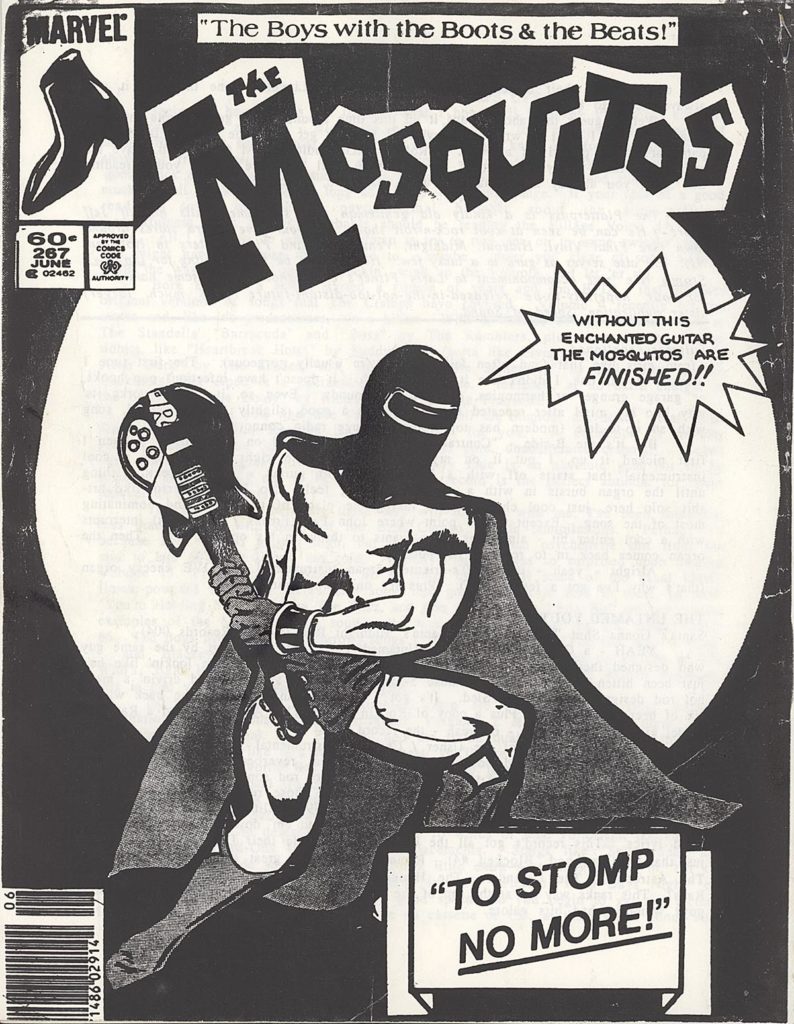
Bill: We are looking at a record release for later this year, and fortunately most of the work is already behind us!
My thanks once again to Bill Jones (and by extension Blair Buscareno) for making this available to the world. If you’d like to order a copy please head to Kool Kat Musik or Bandcamp. And of course, all are welcome to The Mosquitos Appreciation Society on Facebook. You can thank me later.

